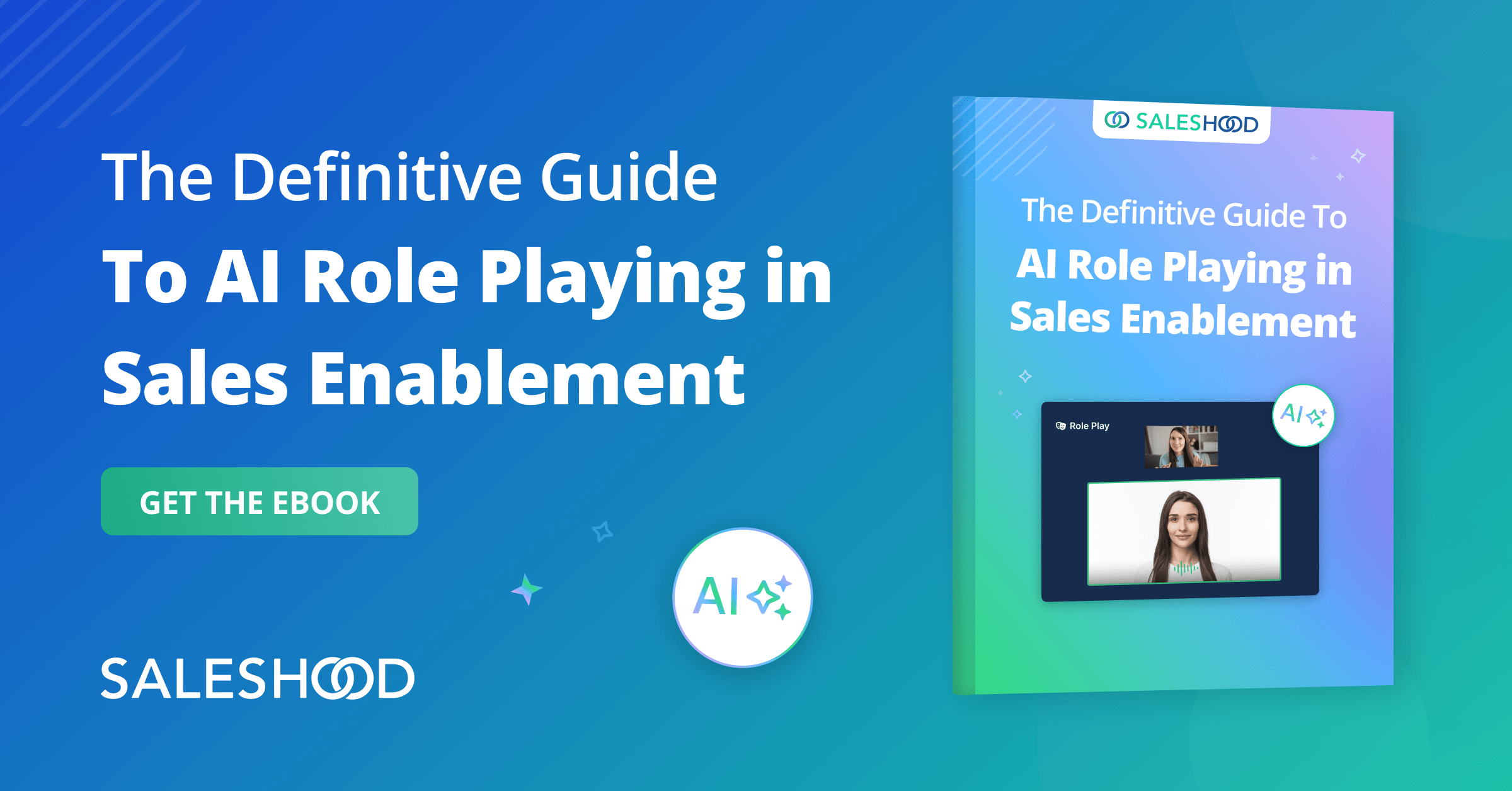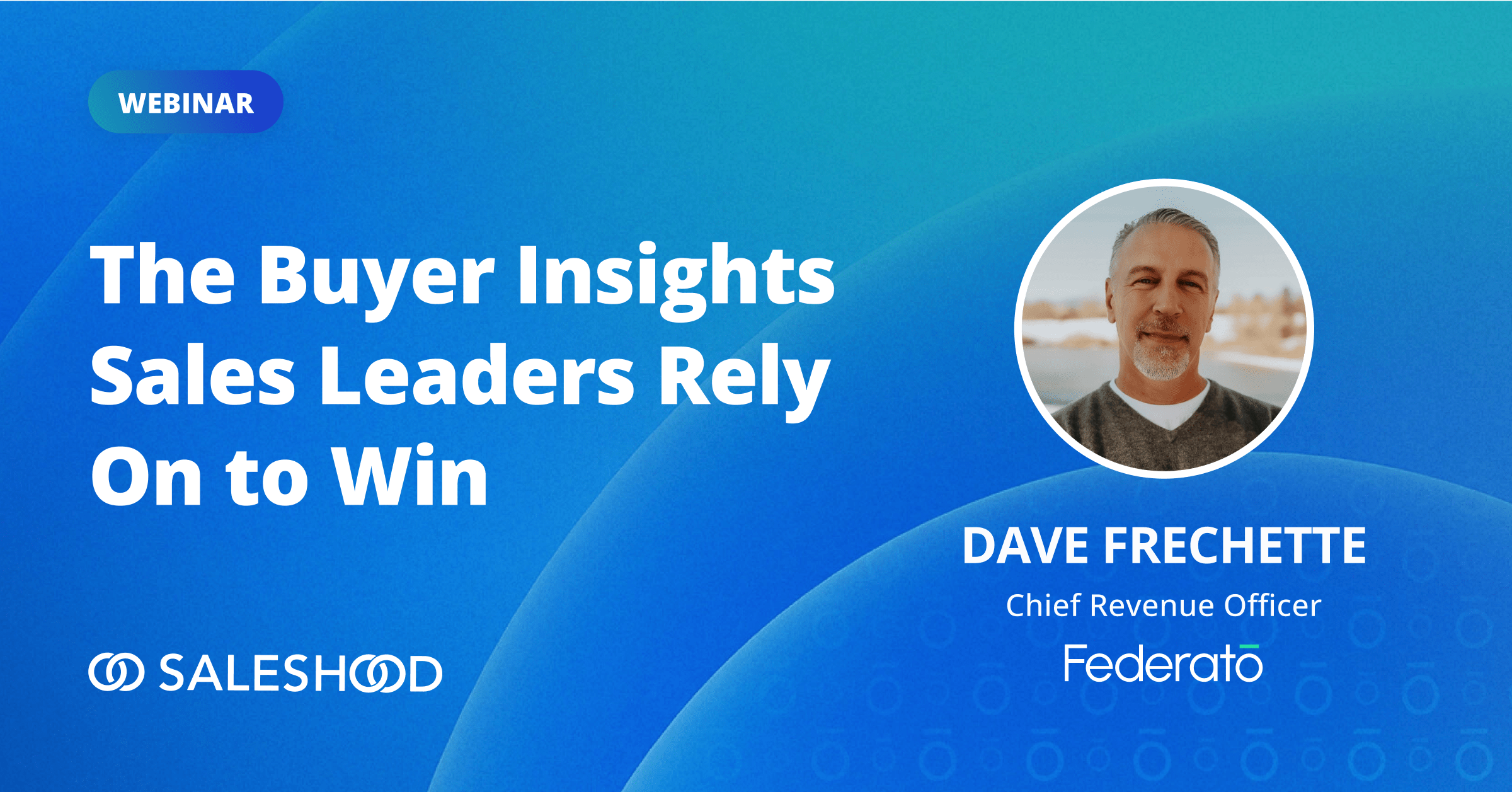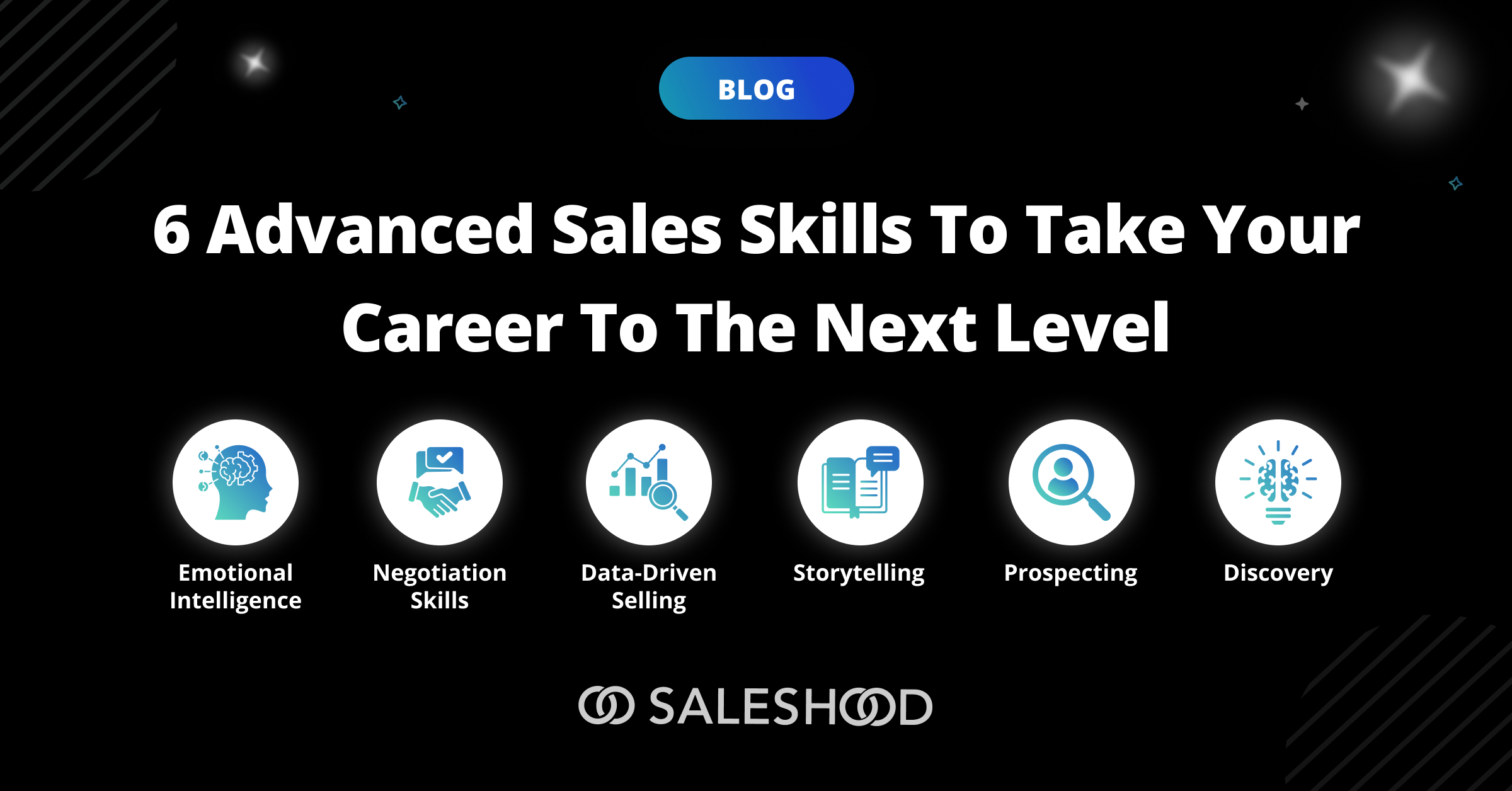Key Takeaways
|
|
|
The old sales enablement model, powered by static sales content and irregular training sessions, isn’t enough for revenue growth. Sales managers need a new push: sales enablement automation. It helps fill the gap that traditional approaches create. Only 53% of sales leaders are using technology solutions. Using a sales enablement platform can automate the sales team’s manual tasks, provide real-time guidance, and unify the go-to-market engine.
What Makes a Great Sales or Revenue Enablement Platform?
A sales enablement software is a tool that trains sales teams, keeps sales materials at fingertips, and helps them close deals faster, leading to revenue growth.
The best sales enablement platforms impart training through a learning management system (LMS), store sales materials through a content management system (CMS), and track use of training materials through a customer relationship management (CRM).
Three essential features in a sales enablement platform are:
- Sales Enablement Automation: From updating CRM fields to creating personalized content, the best platforms eliminate busywork. They free up reps to do what they do best: sell.
- AI-Powered Insights: These platforms don’t just track data; they interpret it. They can identify winning behaviors, predict deal risk, and recommend the exact content or coaching needed to close a deal.
- Smooth Workflows: The solution should live where your reps work, whether that’s in their CRM, email, or collaboration tools. This ‘in-the-flow’ approach drives adoption and ensures consistency.
6 Best Sales Enablement Tech Stack for 2025
Platform 1: Salesforce – The System of Record
Salesforce serves as the central Customer Relationship Management (CRM) system. It is the non-negotiable system of record for all customer data, sales activities, and deal pipeline management. For enablement, Salesforce is critical: it’s where sales managers can track content usage, measure training effectiveness against pipeline progression, and execute their daily selling motions.
Platform 2: HubSpot (Marketing Automation & CRM): The Inbound Engine
HubSpot provides a powerful platform for marketing automation and CRM, focusing heavily on inbound strategy and lead management. It’s vital for enablement as it manages the top of the funnel, housing all the team’s content and campaigns that generate initial leads. Enablement teams rely on HubSpot data to understand which marketing-created content is most effective in the early stages of a deal.
Platform 3: Aviso (Revenue Intelligence & Forecasting): The Predictive Layer
Aviso provides the Revenue Intelligence and AI forecasting layer. While not a direct enablement tool, it’s essential for measuring the impact of enablement. Aviso analyzes vast amounts of data (often pulled from Salesforce) to provide predictive deal health scores, accurate forecasts, and insights into pipeline risk. Enablement leaders use this intelligence to prioritize coaching and content efforts on deals that need the most help.
Platform 4: Storylane (Interactive Content Creation): The Content Activator
Storylane is a specialized, niche GTM tool focused on interactive content and demo creation. It allows teams to build personalized, click-through demos, product tours, and proof-of-concept experiences without coding. This type of high-fidelity, interactive content is then managed and distributed through the core enablement platform (like SalesHood) and accessed by reps working within the CRM (Salesforce/HubSpot).
Platform 5: Connect the Dots (Relationship Intelligence): The Network Optimizer
Connect the Dots is a relationship intelligence tool that helps sellers map and understand the full buying group and the company’s existing network to a target account. By identifying internal champions and external connections, it provides critical context that informs your selling motion. Enablement teams integrate these relationship insights into coaching and training (via SalesHood) to ensure reps are engaging the right people at the right time.
Platform 6: SalesHood – The Core Enablement & Readiness Platform
SalesHood is an AI-first solution that unifies onboarding, training, and coaching into one ecosystem. Its core value is delivering personalized paths to quota attainment, using AI-powered coaching to automate feedback on reps’ sales pitches and analyze their performance in real-time. It provides the structured learning and skill development layer that activates the rest of the tech stack.
How Revenue Enablement Platforms Transform Traditional Sales Enablement
Modern sales enablement has moved from sales to revenue enablement. This is because modern revenue enablement platforms are equal participants in the sales process. Powered by AI, they
- Automate workflows: Triggering follow-up emails, updating CRM records, and sending reminders.
- Provide real-time guidance: Delivering the right content, pitch, or playbook in the moment of need.
- Predict outcomes: Flagging at-risk deals and providing actionable steps to get them back on track.
This evolution turns enablement from a cost center into a direct driver of revenue.
Choosing the Right Platform for Your Organization
Selecting the right platform depends on the sales team’s specific goals and tech stack. Consider these questions:
- What is the primary pain point? Onboarding, coaching, or content management?
- Does the team need a single, unified platform or a best-of-breed approach?
- How much emphasis is there on AI and automation to scale the team’s capabilities?
The Bottom Line: Revenue is the Future of Enablement
The ultimate goal of sales enablement is to ensure sales teams can access content easily. They can track metrics and reach out to mentors proactively. Their talent surges, they have more time, and they close deals faster.
The right platform doesn’t just enable sellers; it drives the repeatable revenue teams need to scale.
Book a demo to see how SalesHood’s AI-powered enablement can drive growth for your team.
Frequently Asked Questions (FAQs)
|
What is sales enablement, and how do platforms drive sales enablement automation? Sales enablement provides reps with the content, training, and tools needed to effectively sell. Automation eliminates busywork (like CRM updates and content searching), allowing reps to focus solely on selling. |
|
How does AI improve sales enablement? AI personalizes learning, automates coaching, predicts deal outcomes, and identifies what content drives conversions. |
|
How do the best sales enablement platforms like SalesHood integrate with tools like Aviso and Storylane? SalesHood handles readiness (coaching/training); it integrates with Aviso for predictive risk data and Storylane for high-impact interactive content. This forms a unified, intelligent GTM tech stack. |



